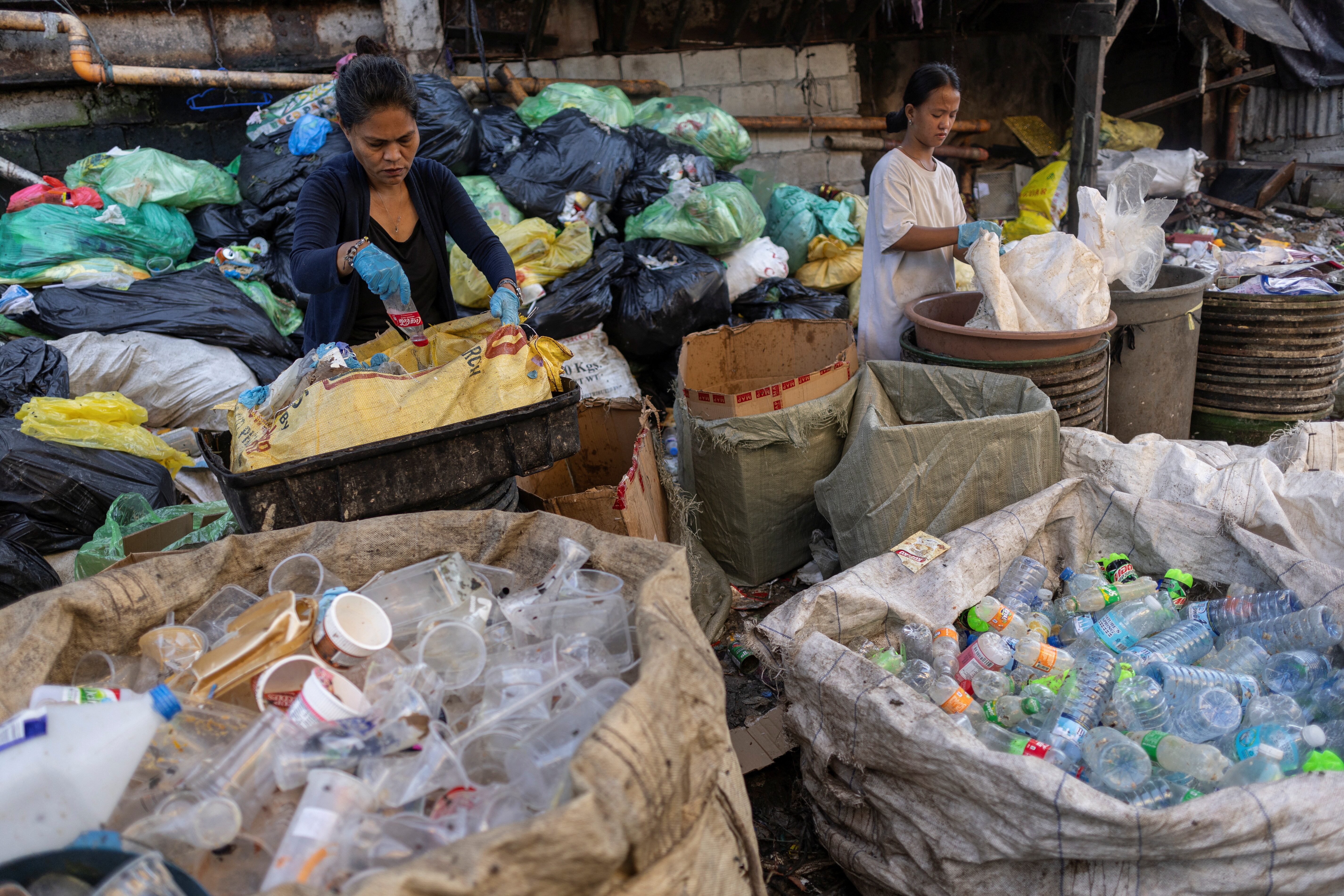The enormous opportunity of e-waste recycling

Incentives or regulation may also be required to increase e-waste recycling rates. Image: Unsplash/Alexandre Debiève
- Around 53.6 million metric tons of e-waste is produced every year worldwide, according to the UN.
- But 83% of e-waste is not being collected, meaning there is a huge missed opportunity for the circular economy.
- To take advantage of this opportunity, the world must address concerns people have about surrendering electronic products that may contain sensitive information.
- Incentives or regulations may also be required to increase e-waste recycling rates.
I’m quick to admit when I fall short of my circular economy aspirations in my personal life. Take the number of outdated and unused electronics lying around my house. The current inventory includes multiple old tablets, two laptop computers and a handful of old cell phones. I even have a third generation iPod Nano laying around somewhere. My point is many of us have closets and junk drawers full of this stuff, and it represents a huge missed opportunity for the circular economy.
To get a better understanding of the size of that opportunity, I visited an electronics collection facility near my home in Minnesota. Repowered, based in Saint Paul, has processed over 40 million pounds of electronics since it opened its doors in 2011. At about 3 million pounds processed per year, Repowered is handling 5 percent of the total collected e-waste in the state. Repowered processes anything with a cord except "white goods" (refrigerators, stoves, washers and dryers). In addition to processing e-waste, Repowered advocates for policy to increase electronics recycling in the state and recently published a research report about the opportunity that exists here in Minnesota (with co-authors from Macalester College and the Iron Range Partnership for Sustainability). Here are three things I learned from their new report and from my visit.
1. The scale of the issue is massive
The United States generates about 46 pounds of e-waste per capita annually, according to the United Nations 2020 e-waste monitoring report. Globally, 53.6 million metric tons of e-waste are produced every year worldwide, the analysis estimates. Maybe unsurprisingly, but still alarmingly, only about 17 percent of this waste is properly collected, documented and recycled across the globe each year. Much of the remaining 83 percent of e-waste sits idle in homes and businesses or is disposed of improperly, according to the analysis.
While e-waste is still smaller overall than plastic waste (about 300 million metric tons annually) and textile waste (about 90 million metric tons), waste electrical and electronic equipment (WEEE) represents the fastest growing waste stream in the world at 3 to 5 percent annual growth. This is an impressive feat considering the growth of plastic waste (over 2 percent year-over-year from 2010 to 2021 in the U.S.) and textiles (over 3 percent year-over-year from 2010 to 2018 in the U.S.). The biggest difference between WEEE and its plastic and textile counterparts? The value of the materials that live within if they can be recovered efficiently. Which is to say, e-waste can be incredibly valuable.
2. The economic opportunity is huge
How valuable is e-waste? Consider my home state of Minnesota, where an estimated 266 million pounds of e-waste is produced each year. That means the state is sitting on a mountain of materials with an estimated value of over $2.8 billion annually, according to the aforementioned Repowered report.

The most common metals found in e-waste, representing over 90 percent by weight, are iron, copper, tin and aluminum. The metals with the most value, though, are palladium (over an estimated $1.5 billion in the e-waste produced by Minnesota annually), platinum (about $1 billion), and copper and tin (about $100 million each). According to the report, if 100 percent of the e-waste in Minnesota were recycled each year, it would represent:
- The recovery of 78 million pounds of valuable materials;
- The creation of over 1,700 jobs;
- Enough silver to manufacture 440,000 solar panels;
- And enough copper for 155,000 electric vehicles.
In other words, the economic opportunity is huge and is accompanied by an enormous environmental, employment and domestic supply opportunity.
3. The work is hard
Managing e-waste is not an easy task, however. First, organizations such as Repowered must securely destroy sensitive data. Next, to maximize value from the e-waste, components must be separated so they can be properly sorted and sent to the next steps in the process. The labor-intensive separation and sortation task could be improved if manufacturers consider circularity and recycling more in their initial design. These circular-inspired redesigns of products would make them easier to upgrade, repair and ultimately to dismantle for recycling and would benefit the whole industry. It would also help secure a reliable source of materials into the future.
What is the World Economic Forum doing about the circular economy?
Last, labor is not always easy to come by for jobs like this. Repowered has an interesting model when it comes to the labor challenge. It is a registered 501(c)(3) nonprofit and social enterprise. Repowered employs people facing barriers to employment, often as they are coming out of the justice system or are in recovery from addiction. These jobs prepare folks for future employment and provide them training and a work history that can assist in expanding their opportunities.
My main takeaways from my visit to Repowered and from reading its report? First, the opportunity to increase recycling rates of electronics is huge. Second, before we can take advantage of that opportunity, we must overcome peoples’ concerns about turning over e-waste that may contain sensitive information — and we must make it convenient. Last, incentives and/or regulation may be required to increase recycling rates to where they ultimately need to be. The good news is there is inherently a lot of value stored in e-waste materials, so the business case exists to figure this out.
Have you read?
Repairing – not recycling – is the first step to tackling e-waste from smartphones. Here’s why.
Apple has expanded its self-service repairs to Europe. How are other companies and countries tackling e-waste?
Helping companies in China reduce and recycle 50% of e-waste by 2025, from smartphones to medical machinery
Don't miss any update on this topic
Create a free account and access your personalized content collection with our latest publications and analyses.
License and Republishing
World Economic Forum articles may be republished in accordance with the Creative Commons Attribution-NonCommercial-NoDerivatives 4.0 International Public License, and in accordance with our Terms of Use.
The views expressed in this article are those of the author alone and not the World Economic Forum.
Stay up to date:
Electronics
Forum Stories newsletter
Bringing you weekly curated insights and analysis on the global issues that matter.
More on Circular EconomySee all
Felipe Basso
November 13, 2025








